Foundation Courses. Ch.1 Lecture 3: Soil Assessment Methods
About :
Chapter 1
Lecture 3: Soil Assessment Methods
Lecture 3 focuses on choosing the right assessment tool in order to ascertain the specific information you wish to know about your soil. You will learn that some assessment methods are more effective and reliable than others. This lecture continues to explore soil chemistry and how to accurately assess and measure soil chemistry and biology; accurate measures and assessment are fundamental prerequisites to be able to prescribe appropriate remedial treatments and adjustments.
- Above quote is from the Foundation course manual
A Video for all you Cannabis growers out there that goes over some of what is discussed here in this post. Scott is a notable Soil Food Web Graduate. Since of course Cannabis is the most popular cash crop out there.
This Lecture was very information dense. A lot of what I took notes on here was not necessarily important for passing the quiz. However, still is needed to know and important to understand when approaching future projects/ growers who depend on the information from these soil tests that are conducted. If you have been following along you will have remembered that it is all about balancing out our fungal:Bacteria levels more so than not in our soils.
Choosing the right assessment tool
Plate Counts
Used to determine numbers of individuals of one or more species or genus.
- Will not tell you total numbers of all the individuals of all the different species
- No food resource or mixture of food resources to supply all of the micro-organisms
- The temperature varies for each micro-organism, so not ideal
- Humidity levels vary for each organism, not ideal
- Oxygen levels vary once organisms rapidly multiply, also not ideal. Pathogens thrive in limited oxygen environment.
- Shows more anerobic organisms and not aerobic organisms due to lack of oxygen
- To determine what healthy organisms are missing or needed we need to know what aerobic organisms are missing.
- Can still be used but use it to determine pathogens; anerobic organisms. Inappropriate for total species or activity.
- missing 99.9999% of total micro-organisms
Shadow Microscopy
Used to determine Organism Biomass. Used for soil analysis.
- Measure length, with or numbers of individuals separated by general or specific morphological criteria.
- Compare values over time.
- Compare to desired ranges based crops/ living systems
CO2 absorption
Used to determine Organism Activity
- CO2 absorbing chemical with a pH indicator is used so color change can be related to CO2 taken up.
- Other chemical reactions in soil can release CO2.
- Sampling can alter soil biology.
- Can not differentiate one organism from another organism
- Typical pathogens release methane and not CO2. Will not determine amount of pathogenic micro-organisms
CO2 absorption + Enzymes
Add food or not?
- Enzymes react with substrate, measure initial and final amounts of substrate.
- Disturbance reduces numbers and kinds of organisms
Chloroform Fumigation
Used to determine Organism Numbers
- Fumigation is supposed to kill all the organisms in the sample, but this will not be the case unless the sample is spread very thinly, which means severe disturbance impact on the organisms.
- All the dead organisms are supposed to now be used by the remaining living organisms. But the chloroform killed everything so how can living organisms still be present?
- How much of the total set of organisms we not killed?
- Temperature, moisture amount of organic matter will affect the results as well.
- Significant controls are needed but rarely used.
Haney Test
Used for Nutrient cycling
- Measure soluble inorganic nitrogen levels at the start and end of an incubation period.
- Samples incubated in sealed jar will quite likely become become anaerobic, which means inorganic N will be lost as gas when the jar is opened leading to underestimates.
Soil Quality Indicator Properties
| Physical Properties | Chemical Properties | Biological Properties |
|---|---|---|
| Bulk density | Soil reaction of pH | Organic matter content |
| Rooting depth | Electrical conductivity | Microbial biomass carbon |
| Water infiltration rate | Cation exchange capacity | Microbial biomass nitrogen |
| Aggregate stability | Organic matter | Earthworms |
| Surface and sub-surface hardness | Mineralizable nitrogen | Enzymes |
| - | Exchangeable potassium | Disease suppressiveness |
| - | Exchangable calcium | Active Carbon |
- There is no one value listed above that determines/ describes soil quality.
- Depends on the type of plant you want to grow.
- What does mineralizable mean?
- Means taking organic form of a nutrient to a mineral form
- Converting from an organic form to an inorganic form
- Understanding the biology is key. Mistakes are often made because of this.
Soil Chemistry Definitions
- pH is the negative log of the H+ concentration
- pH is not the amount of calcium but rather hydrogen ions
- Neutral pH or pH occurs at H+ = OH- where both are at a concentration of 10 to the -7(log number) power
Cation Exchange Capacity (CEC) is a measure of the ability of all surfaces such as but not just sand, silt, clay and organic matter surfaces to hold and release cations.
- Base saturation is also another word for CEC
Ability of a soil to hold and exchange cations
- ions are atoms with an electrical charge
- Negatively charged colloids (organic matter and clay) attract and hold cations.
Is the total amount of cations that a soil can retain
The higher the soil CEC the greater ability it has to store plant nutrients.
Soil CEC increases as the amount of clay increases, amount of organic matter increases and when the soil pH increase.
- the more organic matter that is added to clay the less concerned we are with our CEC in clay.
Proteins (organic matter) have CEC. Can hold nutrients.
- Clay usually has the highest capacity
- Sometimes only one Clay or thousands of different minerals. So measuring all is important.
- Only positively charged ions looked at. Really only four of the positively charged ions, Calcium. Magnesium, Potassium and Sodium. Other positive ions are in the soil so not best way to measure soil.
- Negatively charged colloids (organic matter and clay) attract and hold cations.
- Biology examination is a easier way to interpret samples.
- Better development of microscopes helped measure soil eventually
- We needed shadowing microscope. Bright field microscopy was previous method
- Bright field microscopy was not effective because the density of bacteria and fungi is the same as water. Was not able to see organisms.
- The shadow allows for us to see organisms
- Electrical Conductivity is the ability of a volume of material to transmit electrical current.
- Expressed as Siemens per cubic meter or milliSiemans per cubic cm.
- Be careful about the units of measurements. Measures volume.
- When taking samples you mix the samples to make uniform. Destroys the variability of soil conditions.
- Measures the current not the difference between - and +
- Mis reading of actual salts in sample can happen.
- Acids, Alkalis, and the pH Scale
pH is Hydrogen and Hydroxide ion concentration
Alkaline = higher concentration of hydroxide
Acidic = higher concentration of hydrogen
As you add more hydroxide that hydroxide binds with the hydrogen ion and takes hydrogen ion out of solution so now you might have water instead.
Base Saturation
is the Percentage of the soil exchange sites (CEC) occupied by the four particular cations, potassium (K+), Magnesium (Mg to the +2 power), calcium (Ca to the +2 power) and Sodium (Na+)
Ca:Mg affects the way Clay platelets arrange themselves: collapsed, flocculated, dispersed.
- A clay soil with too much Ca acts like dust, repels water
- A clay soil with too little Ca collapses and compacts
- 6:1 ratio is desirable for most clay soils in North America
- If ammonium is low then be sure to increase the fungi in soil so the nitrates can be converted to ammonium
- High iron can tell you that your soil many many years ago was anerobic. Will need enzymes to help convert to plant available form.
- Need a organic matter level of 3% to have a healthy biology in the soil.
This Lecture was extremely frustrating. But fortunately the Quiz was not that hard. Watching the lecture over and over again was very very helpful!
Let's see how I did with the Quiz. I do not expect to do well with this lecture quiz.
Quiz

Tags :
Their limit for today is $0!
More Videos
@ecotrain: 0.7853
@neoxiancityvb: 0.7194
@dandays: 0.4559
@jim888: 0.4437
@canna-curate: 0.3252
@bengiles: 0.1343
@jerrybanfield: 0.1095
@kaylinart: 0.1003


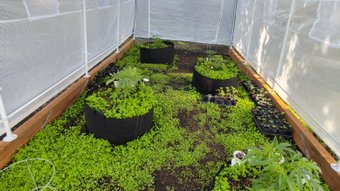


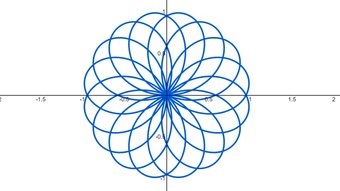

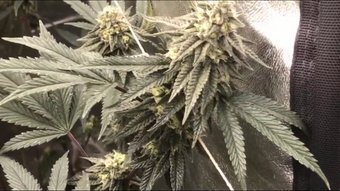


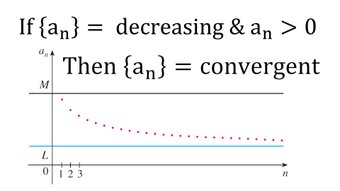




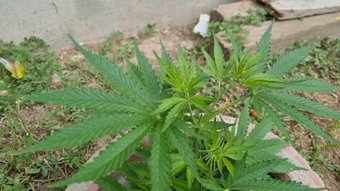




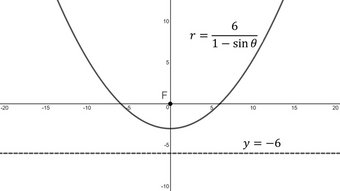
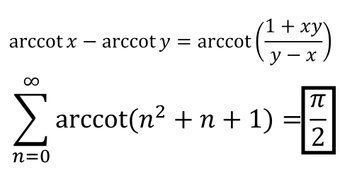
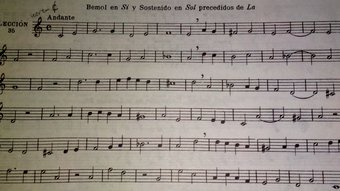



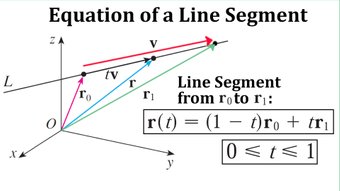


Comments:
Reply:
To comment on this video please connect a HIVE account to your profile: Connect HIVE Account